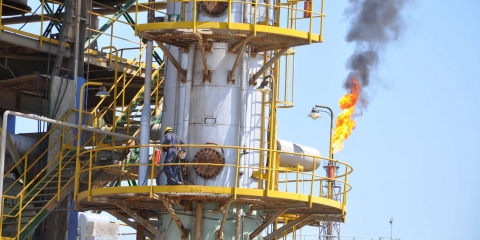The war that haunts Iran’s negotiators
The historic nuclear diplomacy taking place in Vienna’s elegant Coburg Palace has roots in a gritty war between Iran and Iraq that ended more than a quarter of a century ago. Iran suffered more than a hundred and fifty thousand dead between 1980 and 1988. In Tehran, it’s called the Sacred Defense. In the final […]Robin Wright writes for The New Yorker:
The historic nuclear diplomacy taking place in Vienna’s elegant Coburg Palace has roots in a gritty war between Iran and Iraq that ended more than a quarter of a century ago. Iran suffered more than a hundred and fifty thousand dead between 1980 and 1988. In Tehran, it’s called the Sacred Defense. In the final stages, U.S. aid to Iraq contributed to Iran’s decision to pursue nuclear capability—the very program that six world powers are now negotiating to contain.
Back in the eighties, Western intelligence agencies questioned whether Iran’s eighteen-month-old revolution could survive for even a few weeks after Saddam Hussein’s surprise invasion. Tehran scrambled to mobilize remnants of the Shah’s army, the new Revolutionary Guards, and almost anyone, of any age, for a volunteer paramilitary. Tehran’s Holy Defense Museum has pictures of thirteen-year-old kids and eighty-year-old men who signed up. (Three per cent of the dead were fourteen or younger.)





